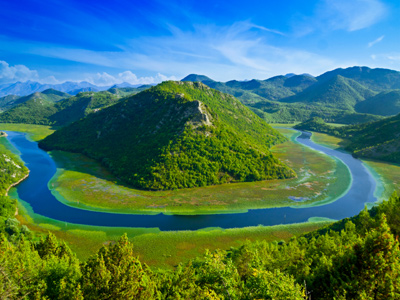
What is a River?
This Geography quiz is called 'What is a River?' and it has been written by teachers to help you if you are studying the subject at middle school. Playing educational quizzes is a fabulous way to learn if you are in the 6th, 7th or 8th grade - aged 11 to 14.
It costs only $12.50 per month to play this quiz and over 3,500 others that help you with your school work. You can subscribe on the page at Join Us
This quiz answers the question of what exactly a river is and looks at some of the features found along the course of a river, such as their sources, meanders, rapids and estuaries. All over the world you'll find cities and towns located on the banks of rivers. We settle on the flood plains and farm the rich fertile soil; we build our cities at the furthest points inland that a ship can reach; we rely on rivers for industry, transport and power worldwide.
Ready for more?
not all...
quizzers. Try to win a coveted spot on our Hall of Fame Page.







